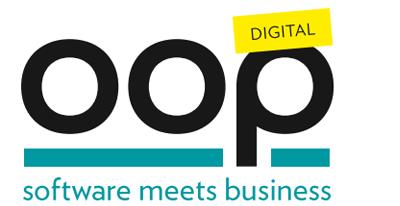- Deutsch
- Contact
- Newsletter

Conference Program
Please note:
On this site, there is only displayed the English speaking sessions of the OOP 2022 Digital. You can find all conference sessions, including the German speaking ones, here.
The times given in the conference program of OOP 2022 Digital correspond to Central European Time (CET).
By clicking on "EVENT MERKEN" within the lecture descriptions you can arrange your own schedule. You can view your schedule at any time using the icon in the upper right corner.
Track: Artificial Intelligence Now!
- Dienstag
01.02. - Mittwoch
02.02.
Today Computer vision has taken a significant spot in our phones, our roads, our markets that we don’t always even recognize if and where it is deployed. Nonetheless, our industries today have so much potential to automate (using CV) their recurrent tasks to reduce costs, while simultaneously increasing quality of the product and efficiency of the process itself. We will learn about some interesting industrial examples which benefit first-hand from simple automation and perhaps get inspired by…
The adoption of static analysis of C++ and Java requires that the findings and errors can be prioritised in an efficient way. Our work shows that Machine learning (ML) can support this presentation of static analysis results to end-users. The ML engine learns from the codebase itself, and also observes the violations that the user fixes and which he ignores. The ML uses this to suggest the next best violations to fix, relying on probability of violations to be harmful or most likely to be a…
Maintaining a database containing millions of products can be very challenging, especially when the information you require of these products is subject to changes over time.
We show how we used state of the art Deep Learning methods (such as Transformers, BERT) in connection with smart text matching in order to extract relevant information from free-form text.
We also explain how we leveraged the existing database to create an automatically labelled training dataset.
Our model enables us to…
Agile is becoming a standard delivery method adopted by organizations across the globe, according to VersionOne’s 11th Annual State of Agile Report. While 94 percent of survey respondents said their organizations practiced Agile, 80 percent said their organization was at or below a “still maturing” level. There are multiple reasons on why the Agile maturity of the teams are low, but the key one is teams look at Agile as a process change rather than a cultural change.
At Accenture we have been…
